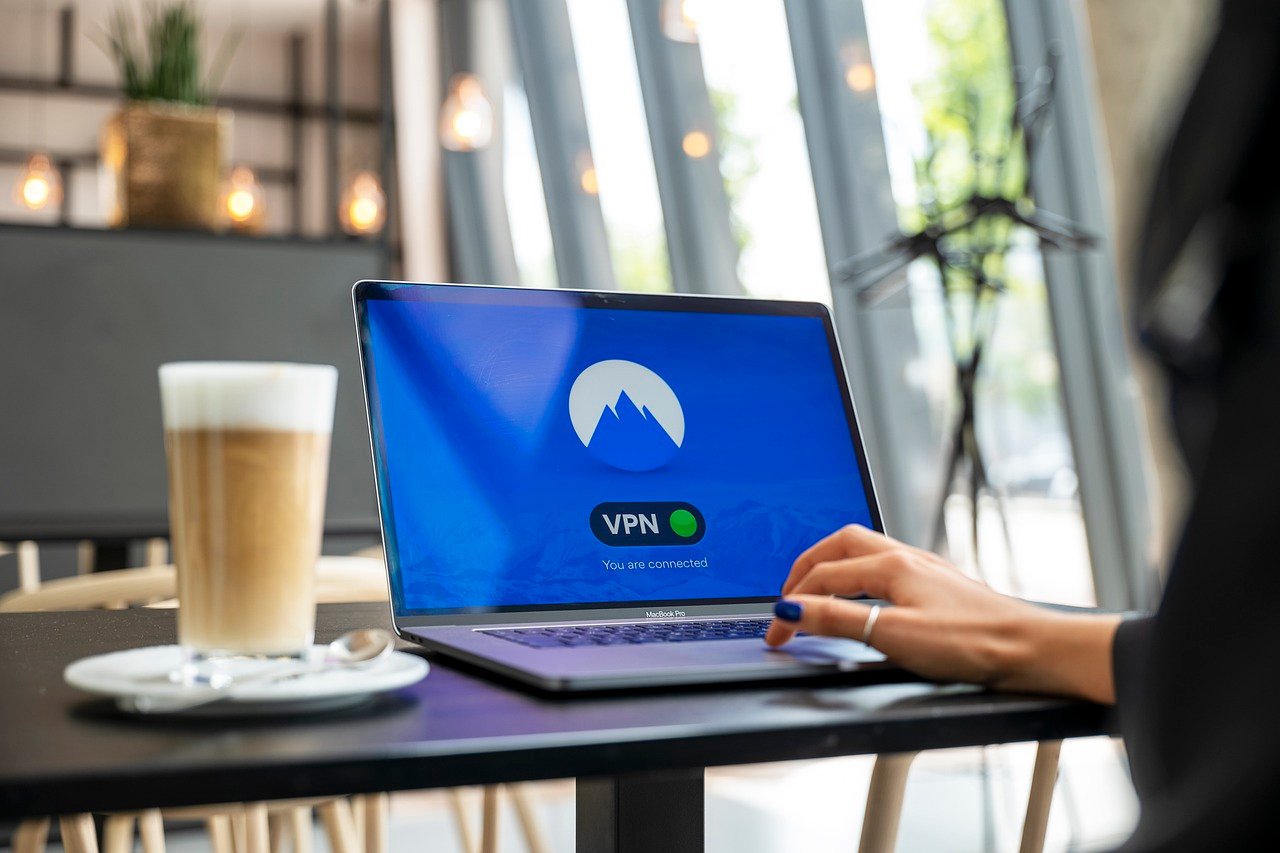Working remotely has transitioned from a perk to a core element of modern work, reshaping how businesses operate and employees thrive. While the flexibility and autonomy of remote work are undeniable, optimizing efficiency remains a key challenge for both individuals and organizations. This post dives into practical strategies to enhance remote work efficiency, helping you maximize productivity and achieve your goals from anywhere.
Setting Up Your Remote Workspace for Success
Creating a Dedicated Workspace
- Importance: A designated workspace minimizes distractions and helps you mentally separate work from personal life.
- Examples: This could be a spare room, a corner of your living room, or even a well-organized closet.
- Tips:
Keep your workspace clean and clutter-free.
Ensure adequate lighting to reduce eye strain.
Invest in an ergonomic chair and desk to support good posture.
Investing in the Right Technology
- Reliable Internet: A stable internet connection is crucial for seamless communication and access to online resources.
Example: If your current internet is unreliable, consider upgrading to a higher bandwidth plan or exploring alternative providers.
- Essential Software: Equip yourself with the tools needed for communication, collaboration, and task management.
Examples: Zoom, Slack, Microsoft Teams, Asana, Trello.
- Hardware Considerations: A good laptop, monitor, keyboard, and mouse can significantly impact productivity.
Example: Consider an external monitor for increased screen real estate, reducing the need to switch between windows.
Mastering Time Management and Productivity Techniques
Prioritizing Tasks Effectively
- The Eisenhower Matrix: Categorize tasks based on urgency and importance to focus on high-impact activities.
Quadrant 1: Urgent and Important (Do Immediately)
Quadrant 2: Important, Not Urgent (Schedule)
Quadrant 3: Urgent, Not Important (Delegate)
Quadrant 4: Not Urgent, Not Important (Eliminate)
- Time Blocking: Allocate specific time slots for different tasks to maintain focus and prevent procrastination.
Example: Dedicate 9:00 AM – 11:00 AM to working on a key project, and 2:00 PM – 3:00 PM to responding to emails.
Combating Procrastination and Distractions
- The Pomodoro Technique: Work in focused 25-minute intervals followed by a 5-minute break. After four intervals, take a longer break.
- Eliminating Distractions: Identify and minimize distractions like social media, notifications, and household chores.
Example: Use website blockers or apps that limit your access to distracting websites during work hours.
- Mindfulness and Breaks: Regular breaks help maintain focus and prevent burnout.
Example: Take short walks, meditate, or practice deep breathing exercises.
Optimizing Communication and Collaboration
Establishing Clear Communication Channels
- Choosing the Right Tools: Select communication tools that suit different types of communication.
Example: Use email for formal communication, instant messaging for quick questions, and video conferencing for meetings and presentations.
- Setting Communication Guidelines: Establish clear expectations for response times and communication protocols.
Example: Define when immediate responses are required and when delayed responses are acceptable.
- Asynchronous Communication: Leverage asynchronous communication methods to reduce the need for real-time interaction.
Examples: Email, project management tools, shared documents with comments.
Fostering Teamwork and Collaboration
- Regular Virtual Meetings: Schedule regular team meetings to maintain communication and collaboration.
Example: Hold weekly team check-ins to discuss progress, address challenges, and foster team bonding.
- Collaborative Tools: Utilize collaborative tools to facilitate teamwork and document sharing.
Examples: Google Docs, Microsoft Office 365, shared project management platforms.
- Virtual Team Building Activities: Engage in virtual team-building activities to strengthen relationships and boost morale.
Examples: Online games, virtual coffee breaks, virtual trivia.
Maintaining Work-Life Balance and Wellbeing
Setting Boundaries and Establishing a Routine
- Defining Work Hours: Establish clear work hours and stick to them as much as possible.
Example: Set a start and end time for your workday and communicate it to your family or housemates.
- Separating Work and Personal Life: Avoid working outside of designated work hours to prevent burnout.
Example: Shut down your computer and put away work-related materials at the end of the day.
Prioritizing Self-Care and Wellbeing
- Regular Exercise: Incorporate regular physical activity into your daily routine.
Example: Take a walk during your lunch break or do a workout before or after work.
- Healthy Eating: Maintain a healthy diet to support energy levels and overall wellbeing.
Example: Plan your meals in advance and avoid unhealthy snacks.
- Adequate Sleep: Ensure you get enough sleep each night to promote productivity and reduce stress.
Example: Establish a consistent sleep schedule and create a relaxing bedtime routine.
Utilizing Technology to Enhance Efficiency
Automation Tools and Software
- Task Automation: Use tools to automate repetitive tasks, freeing up time for more important activities.
Examples: Zapier, IFTTT. Automate tasks like sending emails, creating calendar events, or updating spreadsheets.
- Time Tracking Software: Monitor how you spend your time to identify areas for improvement.
Examples: Toggl Track, Clockify. Analyze your time usage and adjust your schedule accordingly.
Cloud-Based Solutions
- Cloud Storage: Use cloud storage to access files from anywhere and collaborate easily with colleagues.
Examples: Google Drive, Dropbox, OneDrive. Ensure all team members have access to necessary documents.
- Project Management Software: Utilize project management software to track progress, assign tasks, and manage deadlines.
Examples: Asana, Trello, Jira. Maintain clear visibility into project status and individual responsibilities.
Conclusion
Remote work offers immense potential for increased flexibility and productivity, but achieving optimal efficiency requires a conscious effort. By establishing a dedicated workspace, mastering time management techniques, optimizing communication, prioritizing wellbeing, and leveraging technology, both individuals and organizations can unlock the full benefits of remote work and thrive in this evolving work landscape. Implementing these strategies will not only enhance productivity but also contribute to a more sustainable and fulfilling remote work experience.




